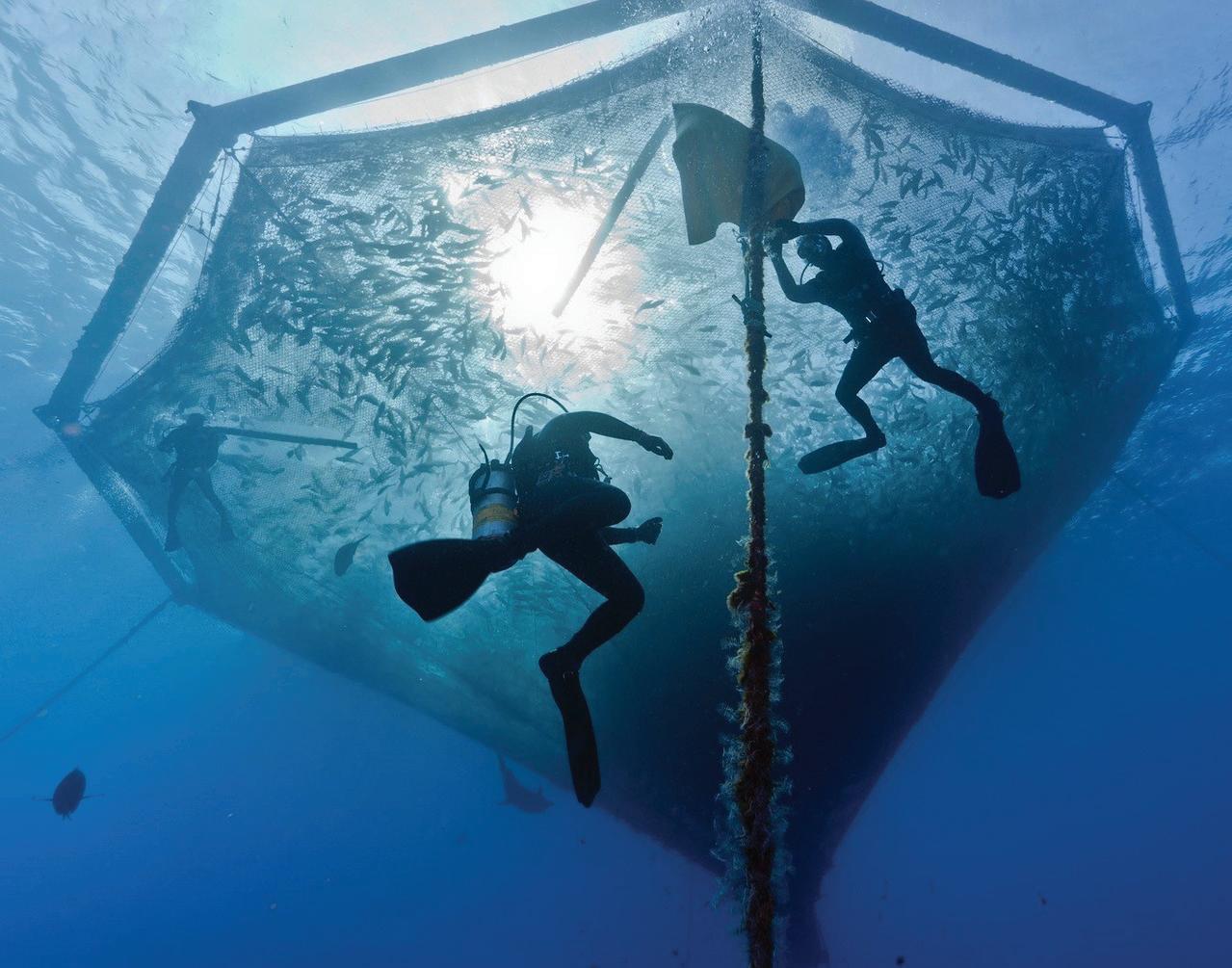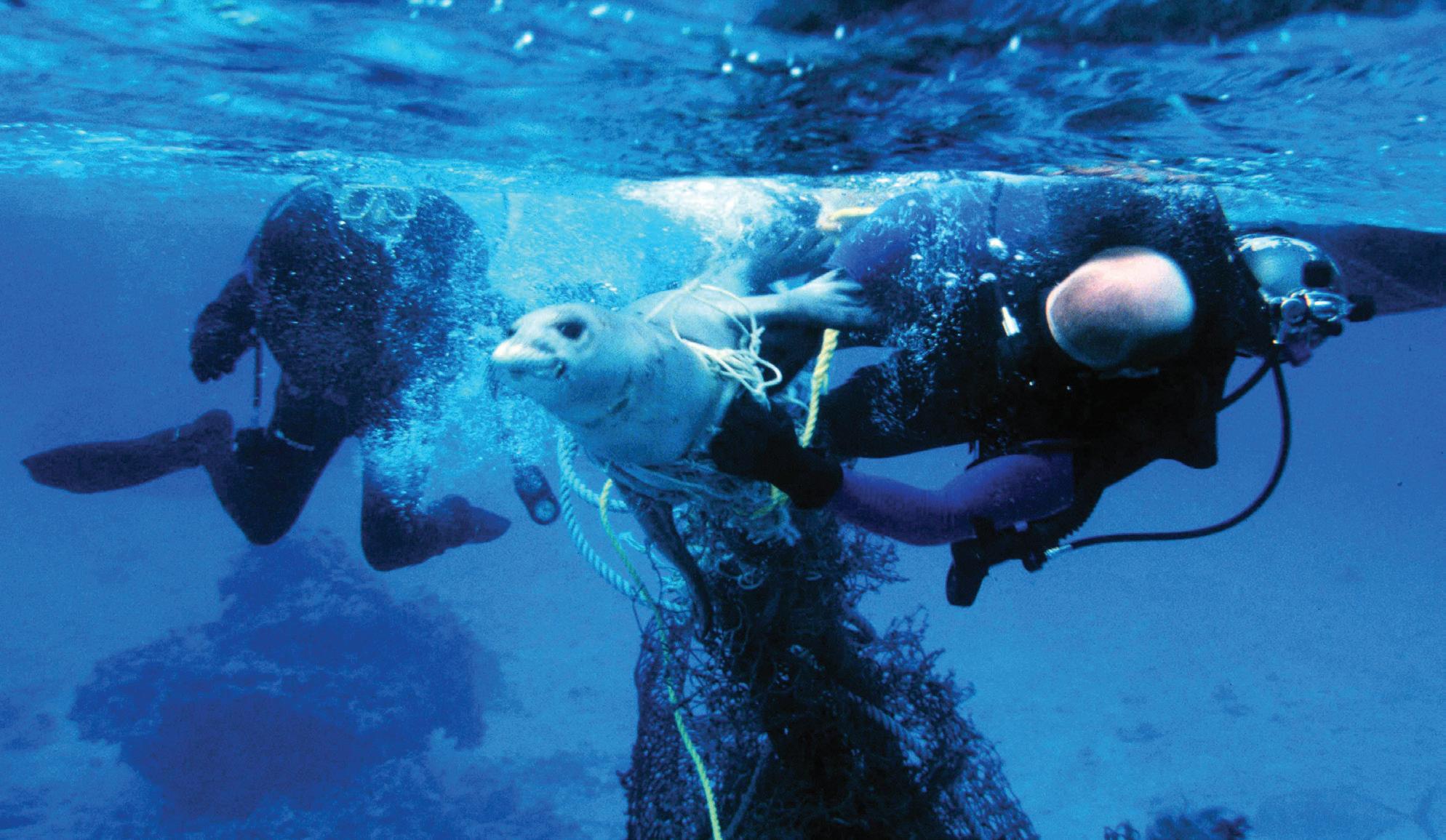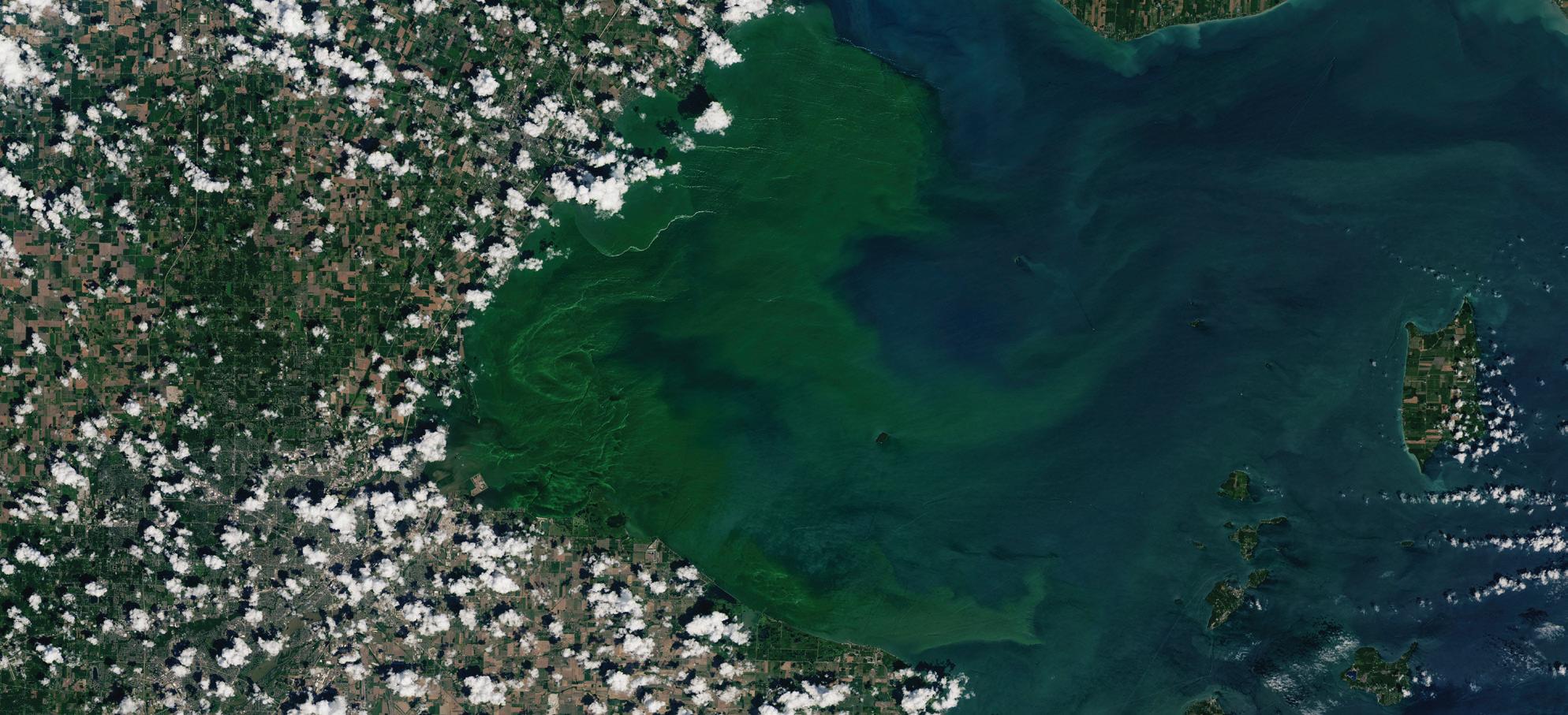NOAA TODAY
Precision Marine Navigation Smart solutions for mariners, in port and at sea By Craig Collins
W
hen NOAA’s Office of Coast Survey announced it would phase out production of paper nautical charts in De-
1893
cember 2019, it was a bittersweet announcement. Established by President Thomas Jefferson in 1807 and known variously over the years as the Survey of the Coast, U.S. Coast
U.S. Fish Commission becomes responsible for northern fur seal research.
38
1898
Survey, U.S. Coast and Geodetic Survey, and, since 1970, as NOAA’s Office of Coast Survey, it has been providing nautical charts to the nation for 212 years. The charts were icons of coastal America and NOAA’s oldest mission: to survey and map the nation’s coasts for mariners. Paper charts are no longer particularly useful, despite their handcrafted beauty: the U.S. Coast Survey was only a few decades old when its hydrographic surveyors realized the seafloor was not a static environment. Underwater topography – bathymetry – changes constantly in response to natural and human-related activity; with the movement or deposition of shoals, rocks, wrecks and other objects.
Weather Bureau begins regular kite observations for studying upper-air; last kite observations made in 1933. Weather Bureau begins hurricane warning network.
NOAA PHOTO
NOAA nautical charts, such as this chart of Tampa Bay, Florida, have been important tools to help mariners navigate safely at sea. A nautical chart is a graphical portrayal of the marine environment, showing the nature and form of the coast, the depths of the water, character and configuration of the sea bottom, locations of hazards and dangers, the rise and fall of the tides, ocean currents, magnetic variation, regulatory boundaries, and the locations of aids to navigation (e.g., lights, buoys, beacons and other important landmarks). But they are being superseded by more accurate and efficient Electronic Nautical Charts (ENC).









































